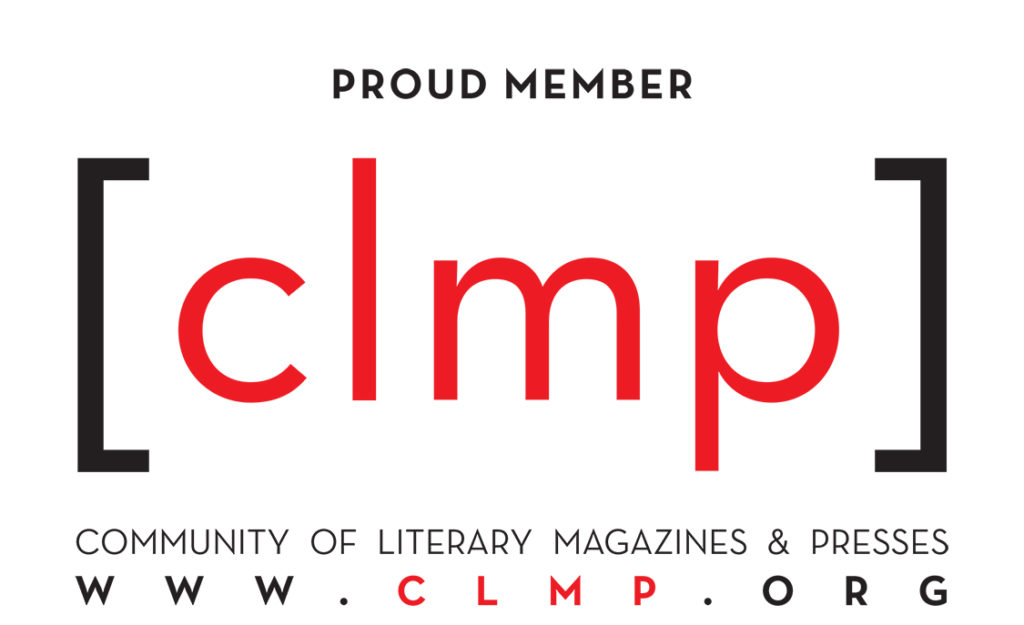by Heather Bartos
My daughter was four when she first noticed that at the pizza place, the girls’ bathroom was pink and the boys’ bathroom was blue. She asked why that was. I tried to explain to her that it was a stereotype to assume that girls liked pink and that boys liked blue.
We went to the community pool a few weeks later. She eyed the woman behind the cash register as she gave us our tickets.
“What do you think my favorite color is?” she asked.
“Oh,” said the woman with a grandmotherly smile, “I bet you like pink!”
My daughter looked at her for just a second longer than necessary.
“No,” she said. “That’s a stereotype. I actually like green.”
The woman behind the register handed our tickets to me and said, “I think you’re working harder than me, honey.”
The assumption that adults would be able to predict her favorite color based on her sex was enough to flip the rebellious, independent switch inside my daughter’s head to anti-pink. Hot pink seems okay—somehow that gets by without much comment—but for years now, she will not wear the color pink. She prefers baggy sweats in black or gray, camouflage T-shirts from the boys’ section, or ones that advertise Minecraft or Super Mario.
I understand. I didn’t wear pink for years, either, until I somehow emerged on the far side of adolescence and remember a dress in a color known as ashes-of-roses that I wore to my eighth-grade graduation dance. Somehow dusting the pink with a tinge of gray and creating a nostalgic shade made it more acceptable.
I came to the same realization that my daughter did, that I was supposed to like pink because girls were supposed to like pink, sometime in early elementary school. And I had the same reaction—no, thanks. I only remember one shade of pink in those days—pale, pastel, washed-out Crayola carnation pink. If I wore that color, people wouldn’t take me seriously. It was too fragile and too delicate. It didn’t mean business, didn’t get things done. Red was the color that got you noticed, worn on the lips of movie stars, swirled and swished on the hips of salsa dancers. Pink seemed immature and childish, belonging to babies and Barbies.
It took years for me to reconsider the value of the color pink.
Pink is the color of sunrise, of this weary old world waking up and hoping for something different today. Pink is wine coolers on the beach, strawberry daiquiris, the white zinfandel I sipped on Friday nights with my girlfriends at happy hour.
Pink is the color of the lining of seashells, the curved canals of the inner ear, whispered secrets, intimate and vulnerable.
Pink is the color of spring, of renewal and awakening, of blossoms blushing, of bees brushing.
Pink is the color of cotton candy at the county fair, spun sugar clinging to fingers and lips, grainy gossamer dissolving into crystals on the tongue.
Pink is the color of bridesmaids, of pick-me-up manicures and pedicures, of proudly polished toes emerging from sandals after the dark, wet winter. It is the color of the roses pinned onto girls and boys at millions of proms. It is in every Mother’s Day bouquet, every bunch of flowers picked by every preschool angel in every garden, every arrangement in every hospital for every new mother, every grieving family.
It is the color that says we will be okay. It is the color scars fade to after the angry marks of surgery, the color that says we survived and that we are still here, still healing. It is the color associated with breast cancer, with the strength of being female, with nurture and nourishment.
Pink is the color of the dahlias blooming right up until frost, the most luscious berry, the most luxuriant strawberry, the brightest rose and fuchsia, defiant on gray rainy October days, streaked with raspberry and sunset.
Pink is the color for when red says it too loud, says it too fast, says it too hard.
Pink is the color of human beings, underneath the shells of our skin, our true inner nature, our hidden Valentines trimmed in scratchy paper doilies and glued upon paper plates, the sprinkles on our cupcakes.
Someday, we might live in a world where the alternative to traditional pink would not be camouflage. We should not have to be like traditional men to be untraditional women. We should not have to reject tenderness, the renewal of our own earth and our own flesh, in order to seek false strength.
The defense of what is tender, what is true, and what is vulnerable is the most important fight there is. And as we welcome every springtime, as we heal our own wounds and the wounds of others, the color we will see is pink.
Heather Bartos lives near Portland, Oregon, and writes fiction, nonfiction, and poetry. Her writing has been published in Miniskirt Magazine, Fatal Flaw Literary Magazine, Stoneboat Literary Journal, Porcupine Literary, You Might Need To Hear This, and The Dillydoun Review, and upcoming in Scapegoat Review and The Closed Eye Open.






